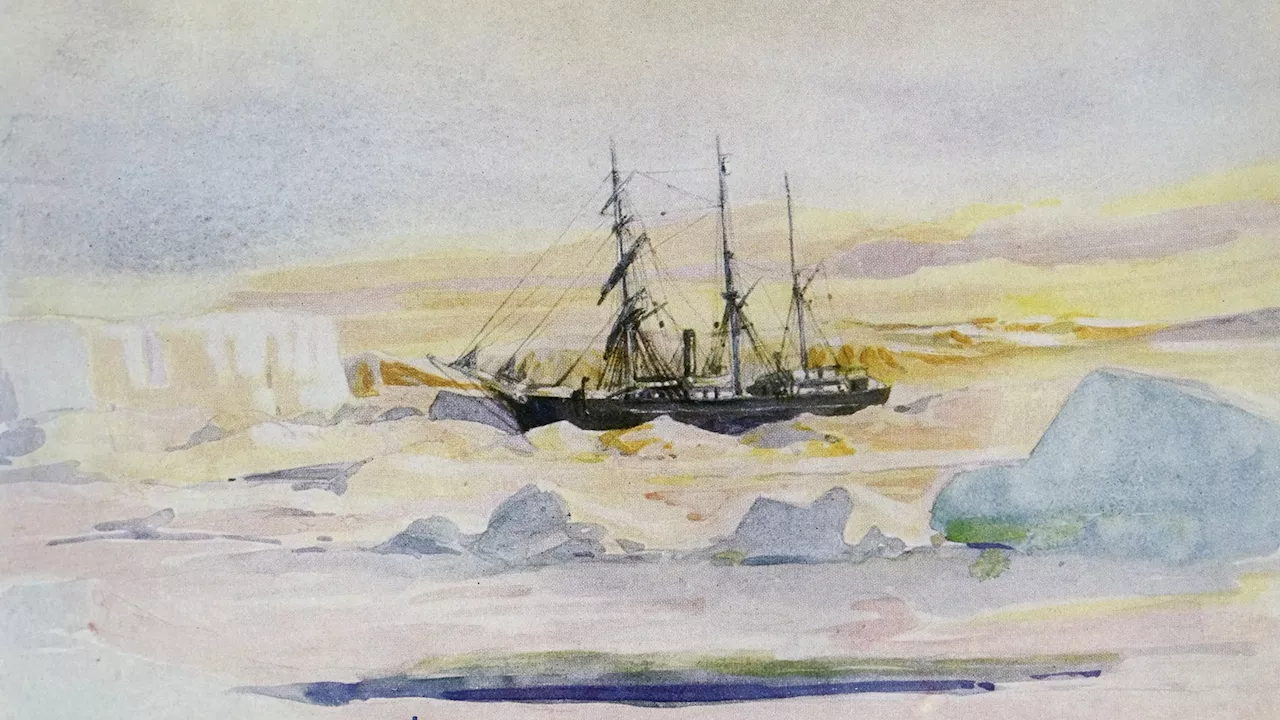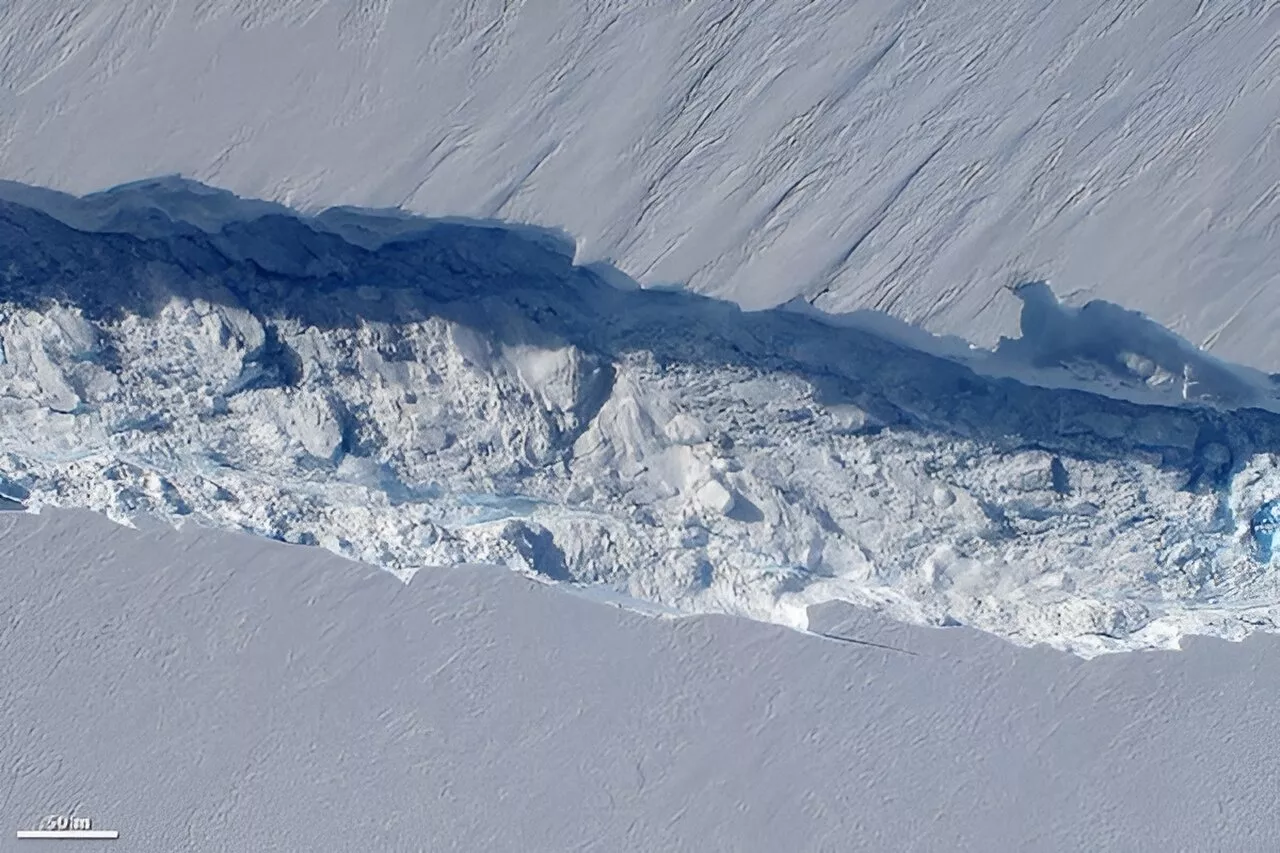A new study suggests that rising temperatures in Antarctica could cause pristine meteorites to sink further into the ice, potentially leading to their loss. Researchers argue that efforts to find these space rocks need to be intensified before they disappear for good.
Hundreds of thousands of pristine meteorites are currently littered across, or just below, Antarctica 's icy surface. But most of these space rocks could be lost forever over the next few decades as they sink further into the ice due to rising temperatures , a new study suggests.
Antarctica's blue ice areas are, therefore, some of the best places in the world to hunt for meteorites. There are about 600 of these areas in Antarctica, which cover around 1% of the continent's surface area. By submitting your information you agree to the Terms & Conditions and Privacy Policy and are aged 16 or over.However, just because these meteorites lie at the surface doesn't mean they stay there forever. Due to their dark color, the space rocks soak up sunlight, which heats them up. Normally, this wouldn't be a problem. But at high surface air temperatures, this warming may melt the surrounding ice and cause meteorites to sink below the surface.
Antarctica Meteorites Rising Temperatures Ice Study Space Rocks
United Kingdom Latest News, United Kingdom Headlines
Similar News:You can also read news stories similar to this one that we have collected from other news sources.
 Aggravated assaults are rising, driven by gun violence across California, researchers sayFully piecing together what led to the trend will take several years, say those who study crime.
Aggravated assaults are rising, driven by gun violence across California, researchers sayFully piecing together what led to the trend will take several years, say those who study crime.
Read more »
 Largest ice shelf in Antarctica lurches forward once or twice each dayIn Antarctica, heavy glaciers are always on the move. Conveyor belts of ice, known as ice streams, are the corridors of faster flow that carry most of the vast glaciers' ice and sediment debris out toward the ocean.
Largest ice shelf in Antarctica lurches forward once or twice each dayIn Antarctica, heavy glaciers are always on the move. Conveyor belts of ice, known as ice streams, are the corridors of faster flow that carry most of the vast glaciers' ice and sediment debris out toward the ocean.
Read more »
 Cracking open a 117-year-old Antarctic milk time capsuleLaura is a science news writer, covering a wide variety of subjects, but she is particularly fascinated by all things aquatic, paleontology, nanotechnology, and exploring how science influences daily life. Laura is a proud former resident of the New Jersey shore, a competitive swimmer, and a fierce defender of the Oxford comma.
Cracking open a 117-year-old Antarctic milk time capsuleLaura is a science news writer, covering a wide variety of subjects, but she is particularly fascinated by all things aquatic, paleontology, nanotechnology, and exploring how science influences daily life. Laura is a proud former resident of the New Jersey shore, a competitive swimmer, and a fierce defender of the Oxford comma.
Read more »
 William Shatner is heading to Antarctica, and he wants you to join himJust over three years after the 'Star Trek' actor returned from his real-life space trek, the 93-year-old will take off for the bottom of the Earth.
William Shatner is heading to Antarctica, and he wants you to join himJust over three years after the 'Star Trek' actor returned from his real-life space trek, the 93-year-old will take off for the bottom of the Earth.
Read more »
 Frozen in time: Antarctic milk capsule unveils dairy evolutionNew research uncovers parallels between century-old milk powder and its modern counterpart, emphasizing enduring traits through generations.
Frozen in time: Antarctic milk capsule unveils dairy evolutionNew research uncovers parallels between century-old milk powder and its modern counterpart, emphasizing enduring traits through generations.
Read more »
 Why artificial submarine curtains won't save West Antarctica's retreating glaciersSome researchers have recently proposed the construction of artificial structures—submarine curtains or walls—to stop the warming ocean from getting to the most rapidly melting glaciers in West Antarctica.
Why artificial submarine curtains won't save West Antarctica's retreating glaciersSome researchers have recently proposed the construction of artificial structures—submarine curtains or walls—to stop the warming ocean from getting to the most rapidly melting glaciers in West Antarctica.
Read more »
